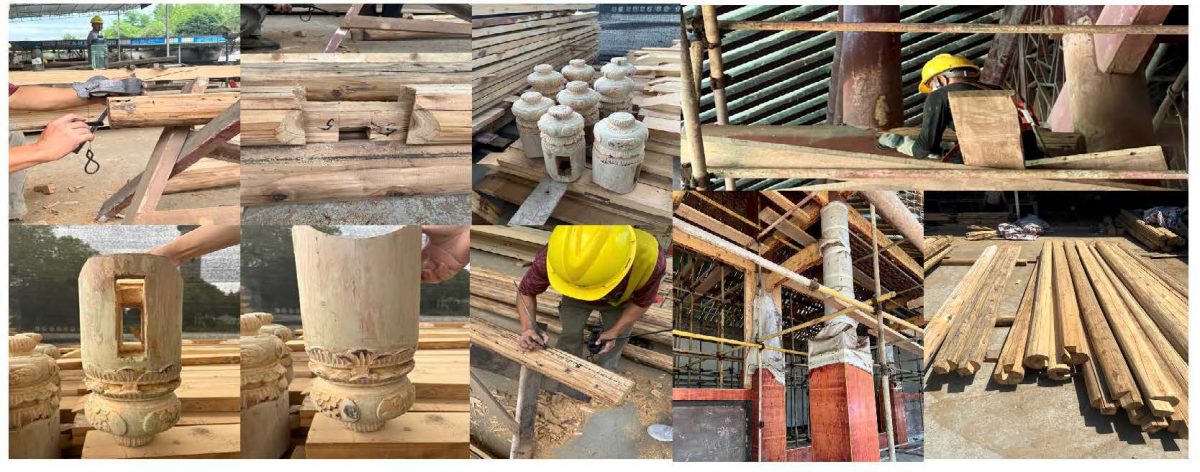Exploring the Preservation of Traditional Chinese Timber Architecture Craftsmanship through the Restoration of Temples in Southwest China
Traditional Chinese wooden structure architectural technology, characterized by its use of wood as the primary material and intricate joinery techniques, holds a prominent place in Chinese architecture. This craftsmanship, renowned for its earthquake resistance and swift on-site assembly, extends beyond construction to encompass various decorative arts. Passed down through generations via oral tradition and practical guidance, it now finds application in preserving ancientstyle buildings and restoring historic wooden structures. Recognized as intangible cultural heritage by the United Nations in 2009, this technology faces challenges amidst modernization and urbanization, particularly concerning the preservation of temples, vital cultural assets. This thesis addresses the critical need to preserve traditional Chinese timber architecture craftsmanship, focusing on temple restoration in Southwest China.
The thesis first introduces and analyzes the wooden structure architectural technology of temples in North and South China, highlighting characteristics such as carving and painting. It then delves into the challenges faced by temple architecture, such as structural corrosion and material aging due to environmental factors. Furthermore, its thesis case studies of restored temples to explore restoration techniques and the integration of modern technology with
traditional craftsmanship for sustainable development. Through a detailed case study of the restoration of Chunyang Temple, the thesis extrapolates successful experiences and lessons to guide future work. Restored temple buildings serve as vital cultural assets, preserving ancient architectural magnificence and traditional craftsmanship. They continue to attract visitors, enabling cultural learning and research opportunities.
The research provides both theoretical and practical support for the preservation and inheritance of traditional Chinese timber architecture craftsmanship. It advocates for the sustainable development of temple restoration efforts while fostering the integration of cultural heritage preservation and sustainable development initiatives.

